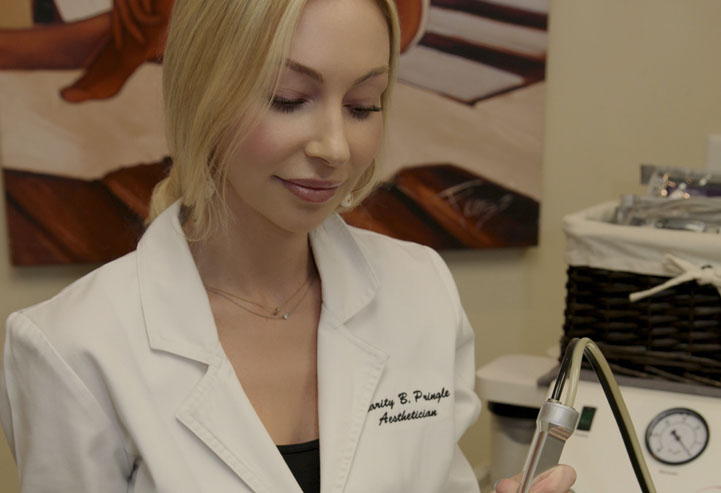Does your sunscreen have a stamp of approval?
When the Skin Cancer Foundation was created in 1979, not all that much was known about how sunscreen worked. Sun protection factor (SPF) had been around for a few years, but the highest number available was 12. For most people, the Coppertone girl was the only recognizable symbol of sun protection.
Now the foundation is taking all the science that it has accumulated in recent years and applying it (pardon the pun) to a newly revamped system in which it bestows its Seal of Recommendation. Currently 1,044 sun-protection products — sunglasses, clothing, umbrellas, window film and even laundry additives, in addition to hundreds of sunscreens — have received the seal. Not all of the 80 brands choose to display the blue-and-yellow seal on their products, but here’s a list of all the products that have met the foundation’s requirements.
The biggest change is that the foundation is taking into account ultraviolet-type A (UVA) radiation when it makes its determinations. The SPF number on your bottle of suntan lotion represents the level of protection against UVB rays.
As we told you last year when we listed Consumer Reports’ highest-rated spray-on sunscreens, there’s currently no system for gauging UVA protection, although the Food and Drug Administration is working on one. Both UVA and UVB rays will burn your skin and cause wrinkles, skin damage and even cancer. If you normally start to burn after 10 minutes in the sun, a sunscreen with an SPF of 30 should theoretically protect you for 300 minutes. An SPF of at least 30 is recommended, as is one that protects against against both UVA and UVB radiation.
The other major change in the Skin Cancer Foundation’s labeling system is that it’s distinguishing between “daily use” products and “active.” Daily use is intended to protect you when you’re outside for short periods, such as going to your car or running errands. The SPF must be at least 15, and for UVA protection, it must meet two criteria: a “critical wavelength” of at least 370 and a “persistent pigment darkening” of at least 5.
Active use is intended for extended sun exposure, such as when you’re on a long hike. Zinc oxide products fall under this category, as do infant products that need stronger protection. These products must have an SPF of at least 30, a critical wavelength of at least 370 and a PPD of at least 10.
“The new Seal of Recommendation will enable you to choose safe and effective sunscreen products and will help alleviate the confusion you may experience when selecting a sunscreen,” the foundation’s website says.
The group hopes to have its recommendation system fully switched over to the new seals by May 2012.
Here’s a list of brands and products that already have qualified for the new seals.
What do you think? Which sunscreen brand do you use, and are you happy with it? More important, is your skin happy?





